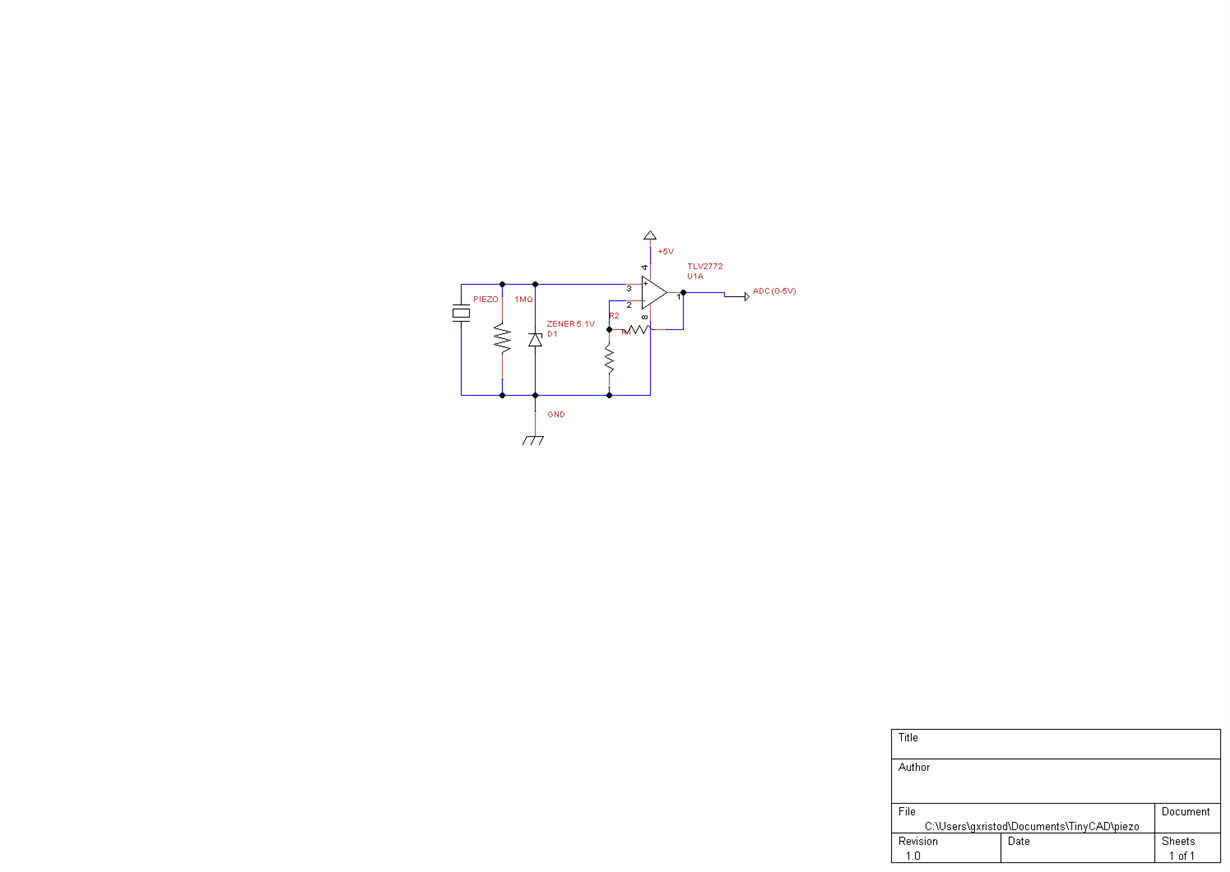Dear All,
I am writing to you because I need your advice please. I would like to connect a piezoelectric sensor that may experience +-90V at high impact to the ADC of a microcontroller. Could you please let me know if the tlv2772 is suitable for such high voltages in order to constraint the output with the rail-to-rail voltages within 0-5V range? Or I should probably use 1MOhm resistor with a zener diode in parallel to the piezoelectric sensor and before the tlv2772?
Thanks in advance and I am looking forward to hearing from you.
Best regards
George



